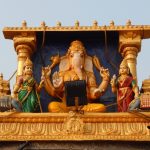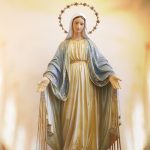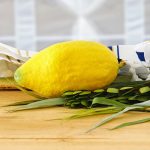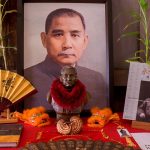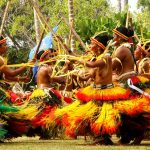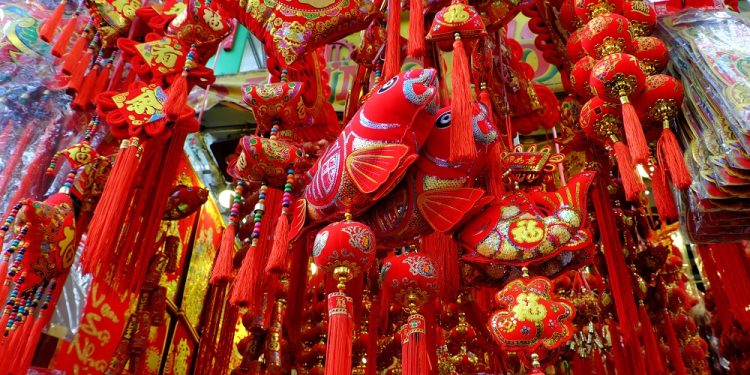
Vietnamese New Year (Tet holiday)
The Vietnamese New Year, otherwise known as Tết or Tết Nguyên Đán, is a public holiday and one of the most important holidays in Vietnamese culture. In Vietnam, it is also one of the biggest and longest festivals of any celebrated in the country. This day celebrates the arrival of spring and is celebrated on the first day of the first lunar month, which is approximately late January or early February on the Gregorian calendar.
History of Vietnamese New Year (Tết Nguyên Đán)
In Vietnamese, Tết Nguyên Đán roughly translates into English as “the first morning of the first day.” It is a celebration that has been observed for thousands of years. Its roots can be traced back to the Chinese, who introduced this Lunar New Year holiday to Vietnam.
The Chinese Lunar New Year has been celebrated in China for over 2,000 years. It is believed that the Chinese brought this holiday to Vietnam around 40 A.D. Many of the traditions of the Chinese New Year were also incorporated into Tết Nguyên Đán.
However, the Vietnamese calendar is not the same as the Chinese calendar. The Chinese calendar is based purely on astronomical observations and, as a result, is dependent on the local time where it is used. In 1967, North Vietnam switched from UTC+7 (from the previous UTC+8), and South Vietnam did the same in 1975.
This means that in 1968, North Vietnam and South Vietnam celebrated the Vietnamese New Year on separate days. Vietnam’s and China’s zodiac systems are different as well. The Vietnamese zodiac replaces the Ox with the Buffalo, the Sheep with the Goat, and the Rabbit with the Cat. The rest of the animals in the Vietnamese zodiac, however, remain the same.
Vietnamese New Year Customs & Traditions
While the Vietnamese New Year technically begins on one day of the calendar, what some people don’t understand is that it is celebrated not just on that one day but for several days. The actual celebration begins well in advance of the holiday when people start cleaning their homes.
This ritual cleaning is meant to remove the bad luck of the past year so that good luck can come with the New Year. Vietnamese people will spend several days polishing silverware, sweeping and mopping, and even decorating or repainting their homes.
They will also make sure that the ancestral altar is in good shape and is carefully decorated with the “Five Fruits.” These five fruits can include persimmons, lemons, grapefruits, bananas, oranges, tangerines, or apples. The first day of the Vietnamese New Year is for the family to spend time with each other.
On this day, the tradition of mừng tuổi, otherwise known as “happy new year,” is practiced. This is when elders give their children and grandchildren red envelopes that contain money. It is also traditional for people not to visit other people’s homes without an invitation.
It is believed that any good or bad fortune a household receives on this day will determine if the entire year is auspicious or not for that household. On this day, sweeping is considered to be unlucky and is avoided at all costs. It is considered lucky to wear clothes that are red and yellow on the Vietnamese New Year.
People will also have a huge feast that includes many different types of foods. Some of the food eaten on this day includes mung bean pudding, candied and dried fruits, red sticky rice, small leeks, pickled onions, roasted seeds and nuts, Vietnamese sausage, and boiled chicken.
Over the next few days, people will begin to visit their friends and relatives. Usually, the 2nd day after the Vietnamese New Year is considered a day for friends, and the 3rd day is a day for teachers. However, that tradition is not strictly followed by everyone.
During the Vietnamese New Year, it is also customary for people to pray at their ancestral altar and visit the graves of their ancestors to pay homage. Firework displays also occur on this day, and many people will also play traditional games such as đá gà, bầu cua cá cọp, and ném còn.
